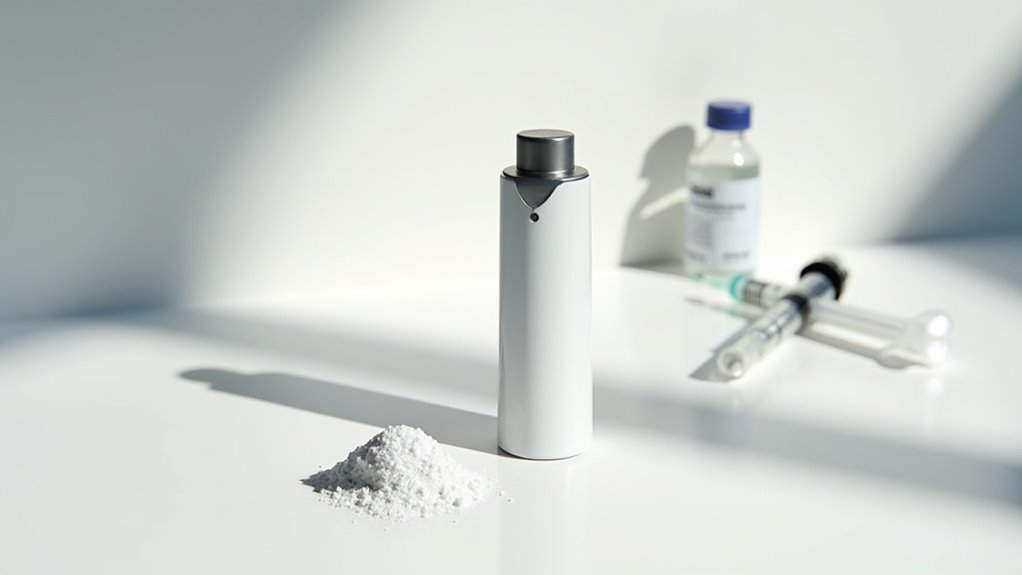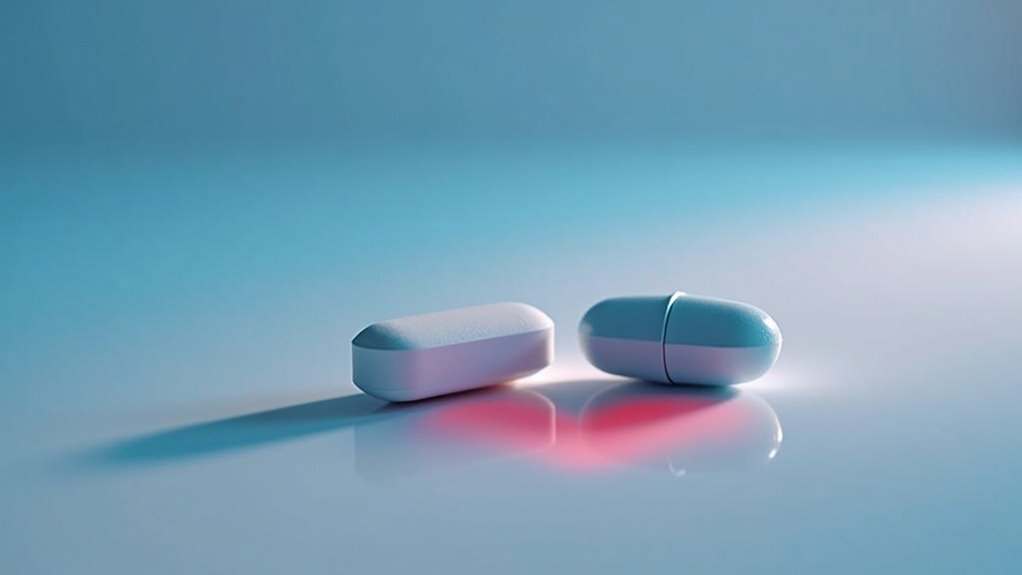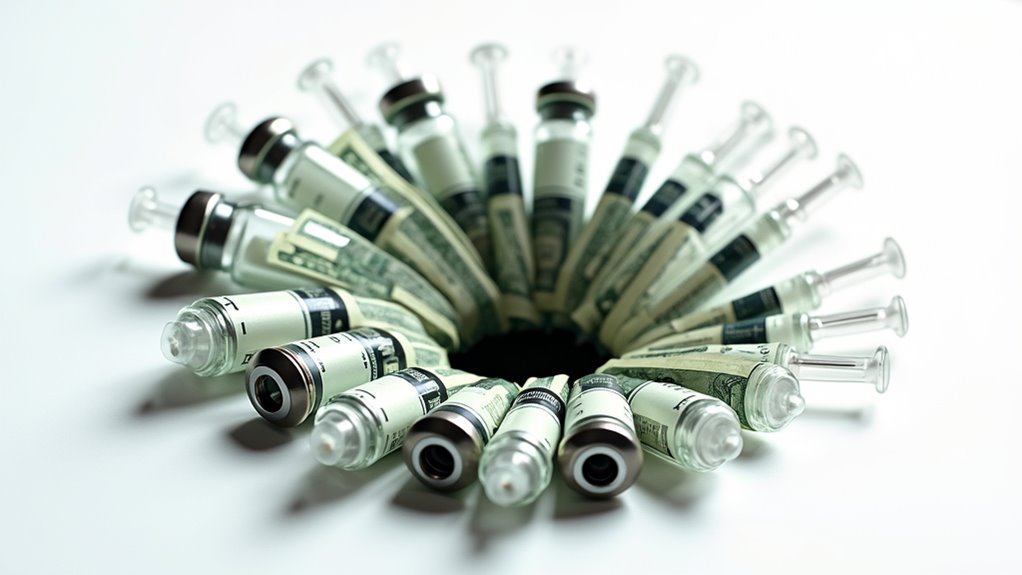While diabetes management has traditionally meant needles and syringes, a welcome change is changing the landscape—literally. Inhaled insulin, delivered via a simple inhaler device containing dry powder insulin cartridges, is offering patients a needle-free alternative. And it’s about time.
The era of wincing at needles may be ending, as inhaled insulin breathes new life into diabetes management.
This innovative approach works fast—really fast. The medication starts reducing blood sugar levels within 12 minutes after inhalation. Compare that to traditional insulin injections. The rapid action makes it particularly effective for controlling those pesky post-meal blood sugar spikes.
Not everyone’s thrilled about it, though. Pulmonologists raise eyebrows when patients with asthma or COPD ask about switching. Sorry, folks—lung issues disqualify you. Smokers face a strange paradox: smoking actually enhances insulin absorption, but doctors won’t prescribe it because, well, smoking destroys lungs. Ironic, isn’t it? The pancreatic feedback system helps regulate insulin levels precisely in traditional delivery methods.
The INHALE-3 trial showed promising results for glycemic control. Patients experienced significant improvements in HbA1c levels. The innovative BluHale app helps patients master proper inhalation technique for optimal medication delivery. Great news for both Type 1 and Type 2 diabetics who qualify—adults 18 and older, generally speaking.
The cost? Brace yourself. It’s typically more expensive than traditional methods. Plus, you’ll need more of it—the lungs aren’t particularly efficient at insulin absorption. The higher dosage requirement is due to absorption inefficiency compared to subcutaneous insulin. Not exactly budget-friendly.
For the needle-phobic, it’s a game-changer. No more wincing at injection time. Active individuals benefit too, since the short duration reduces the risk of insulin stacking during exercise. People with certain disabilities find it easier to manage.
Medical professionals aren’t calling it superior to injected insulin—just different. It offers unique advantages without necessarily improving overall control. Think convenience, not miracle.
The bottom line? Inhaled insulin represents a significant shift in diabetes management. For some, it’s freedom from needles. For others, it’s inaccessible due to health conditions or cost. The technology isn’t perfect, but it’s opening doors for patients who struggled with traditional methods. Revolution? Maybe not. Welcome alternative? Absolutely.






